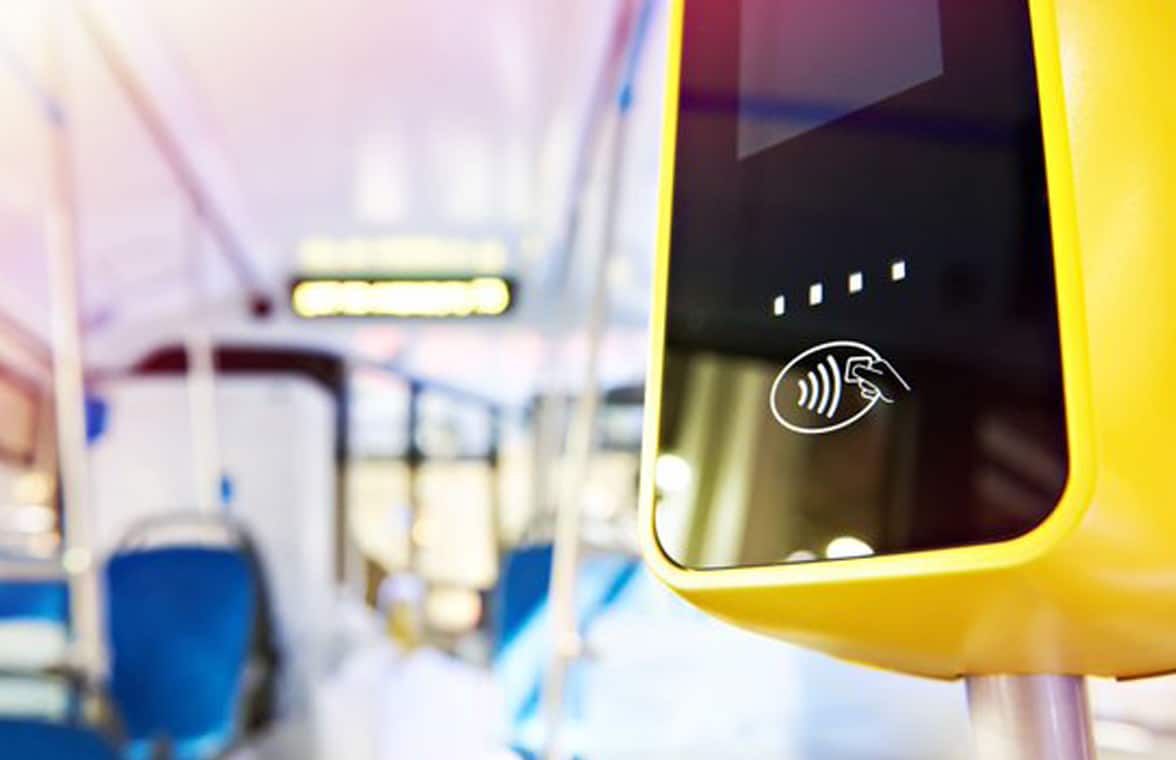
Transit agencies in the US would benefit from introducing open loop contactless fare payment systems but widespread adoption “has remained elusive” owing to challenges that both the US public transportation and payments sectors need to address, according to a report by the Washington DC-based Brookings Institution research group.
The How better payment systems can improve public transportation report shows how enabling passengers to pay for their fares with their own contactless credit or debit card enhances the customer experience, improves efficiency by speeding up boarding times, cuts cash handling costs and can encourage more consumers to use public transit service, thereby reducing environmental impact and improving social inclusion.
It also examines the existing transit payments landscape in the US — including the ongoing pilot rollout of open loop contactless fare payments in California — and makes the case that transit agencies in other states and regions may be reluctant to adopt open loop contactless fare payments owing to a “perfect storm” of issues including:
- the relatively high, variable or unpredictable interchange fees charged for card transactions by banks and other payments processors;
- the need to implement systems that are also capable of offering fare capping and discounted fares across broad categories of passengers;
- the need to build in solutions for unbanked passengers and the potential impact of slow transaction processing times on underbanked passengers;
- the cost of upgrading fare collection hardware and back-end systems and the need to renegotiate existing contracts with fare equipment providers.
However, the report states that these issues are “not insurmountable” and that “transit agencies and financial institutions are working together to develop solutions to these challenges, but greater innovation in this space is needed to encourage the widespread adoption of open payments in transit”.
Steps to adoption
According to the report, the key steps that could be taken to increase adoption are:
- debit and credit card systems reducing interchange costs for transit payments that would offer “significant savings” to transit agencies;
- transit agencies considering a broader range of factors when deciding whether to move from a closed loop to an open loop payments system and the implementation of solutions such as account-based ticketing or digital identity technology;
- further research into the development, implementation and use of open loop contactless fare payment systems and the identification of best practices in other “high-volume, low-dollar sectors” such as parking, electric vehicle charging and toll payments.
“As long as payment transaction costs remain elevated, the benefits to these agencies of moving toward open payments are more limited, reducing incentives for many transit agencies to move forward with the capital investment required to transition,” the report says.
“That said, for larger transit agencies, it is clear that with the growth of digital payments modernization of payment systems is a question of who and when, not if.”
California began introducing fare capped open loop contactless ticketing in May 2021, expanded it further in July 2021 and added support for discounted fares in October 2022.
Next: Visit the NFCW Expo to find new suppliers and solutions